- Filter By:
-
-
Stock photos and images of username:kuremo

TOKYO, JAPAN - August 16, 2018: Event "Be the change Tokyo 2020"
Stock PhotoUsername
kuremoResolution
7952x5304pxTOKYO, JAPAN - August 16, 2018: Event "Be the change Tokyo 2020"


TOKYO, JAPAN - August 16, 2018: Event "Be the change Tokyo 2020"
Stock PhotoUsername
kuremoResolution
7952x5304pxTOKYO, JAPAN - August 16, 2018: Event "Be the change Tokyo 2020"


TOKYO, JAPAN - August 16, 2018: Event "Be the change Tokyo 2020"
Stock PhotoUsername
kuremoResolution
10194x6800pxTOKYO, JAPAN - August 16, 2018: Event "Be the change Tokyo 2020"


Underpass brick arches wall under the railway line of the Yuraku
Stock PhotoUsername
kuremoResolution
10195x6800pxUnderpass brick arches wall under the railway line of the Yuraku


Underpass Yurakucho Concourse under the railway line
Stock PhotoUsername
kuremoResolution
7952x5304pxUnderpass Yurakucho Concourse under the railway line
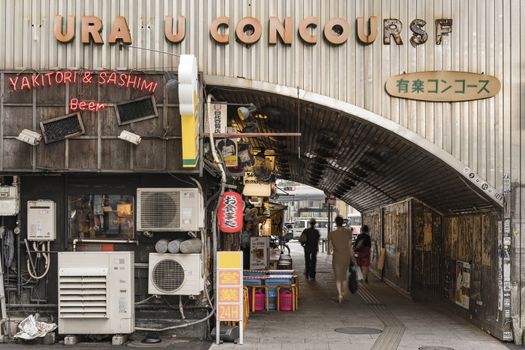

Old vintage retro japanese metal signs and red rice paper lanter
Stock PhotoUsername
kuremoResolution
10195x6800pxOld vintage retro japanese metal signs and red rice paper lanter


Background texture of corrugated rusty metal ceiling
Stock PhotoUsername
kuremoResolution
7952x5304pxBackground texture of corrugated rusty metal ceiling
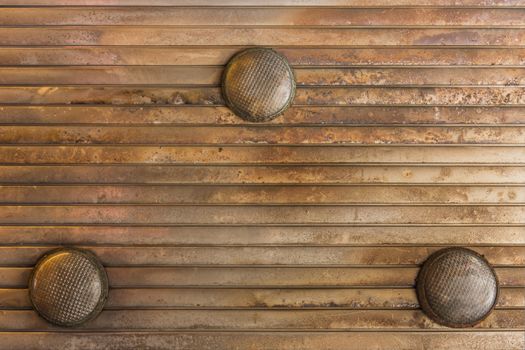

Old vintage retro japanese metal signs and red rice paper lanter
Stock PhotoUsername
kuremoResolution
7952x5304pxOld vintage retro japanese metal signs and red rice paper lanter


Old vintage retro japanese movie posters on underpass Yurakucho
Stock PhotoUsername
kuremoResolution
7952x5304pxOld vintage retro japanese movie posters on underpass Yurakucho


Old vintage retro japanese samurai movie posters and rusty metal
Stock PhotoUsername
kuremoResolution
7952x5304pxOld vintage retro japanese samurai movie posters and rusty metal


Old vintage retro japanese movie posters on underpass Yurakucho
Stock PhotoUsername
kuremoResolution
7952x5304pxOld vintage retro japanese movie posters on underpass Yurakucho
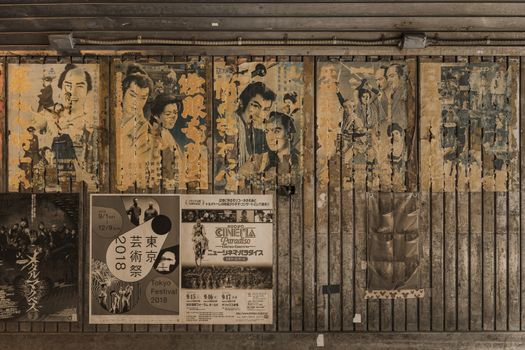

Traditional retro red rice paper lantern
Stock PhotoUsername
kuremoResolution
7952x5304pxTraditional retro red rice paper lantern
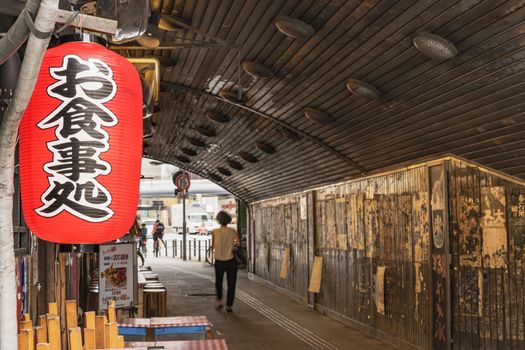

Traditional retro red rice paper lantern
Stock PhotoUsername
kuremoResolution
7952x5304pxTraditional retro red rice paper lantern
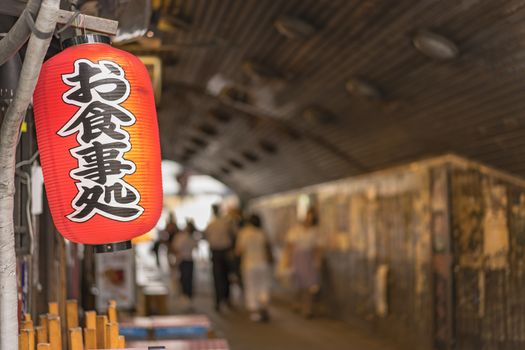

Round transparent plastic sign of Shinbashi on underpass
Stock PhotoUsername
kuremoResolution
7952x5304pxRound transparent plastic sign of Shinbashi on underpass


Round transparent plastic sign of Tokyo Station on underpass
Stock PhotoUsername
kuremoResolution
7952x5304pxRound transparent plastic sign of Tokyo Station on underpass


Underpass Yurakucho Concourse under the railway line
Stock PhotoUsername
kuremoResolution
6873x4584pxUnderpass Yurakucho Concourse under the railway line
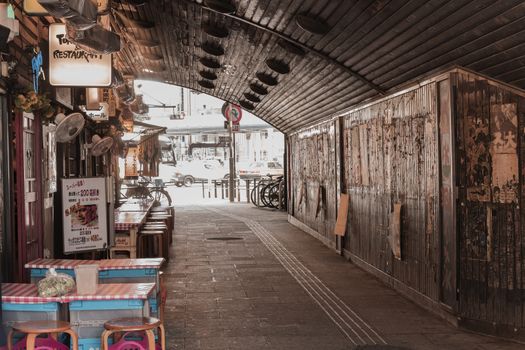

Underpass Yurakucho Concourse under the railway line
Stock PhotoUsername
kuremoResolution
7952x5304pxUnderpass Yurakucho Concourse under the railway line


Underpass Yurakucho Concourse under the railway line
Stock PhotoUsername
kuremoResolution
7952x5304pxUnderpass Yurakucho Concourse under the railway line
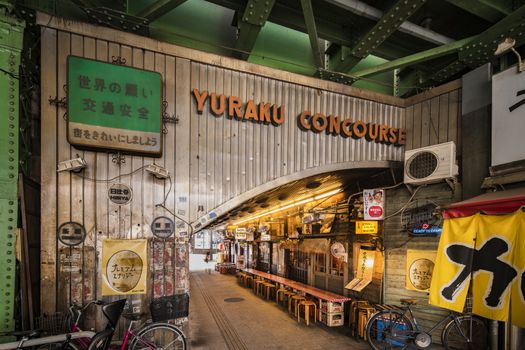

Meiji Avenue with the Ojiekimae station of the Toden Arakawa
Stock PhotoUsername
kuremoResolution
7249x4835pxMeiji Avenue with the Ojiekimae station of the Toden Arakawa

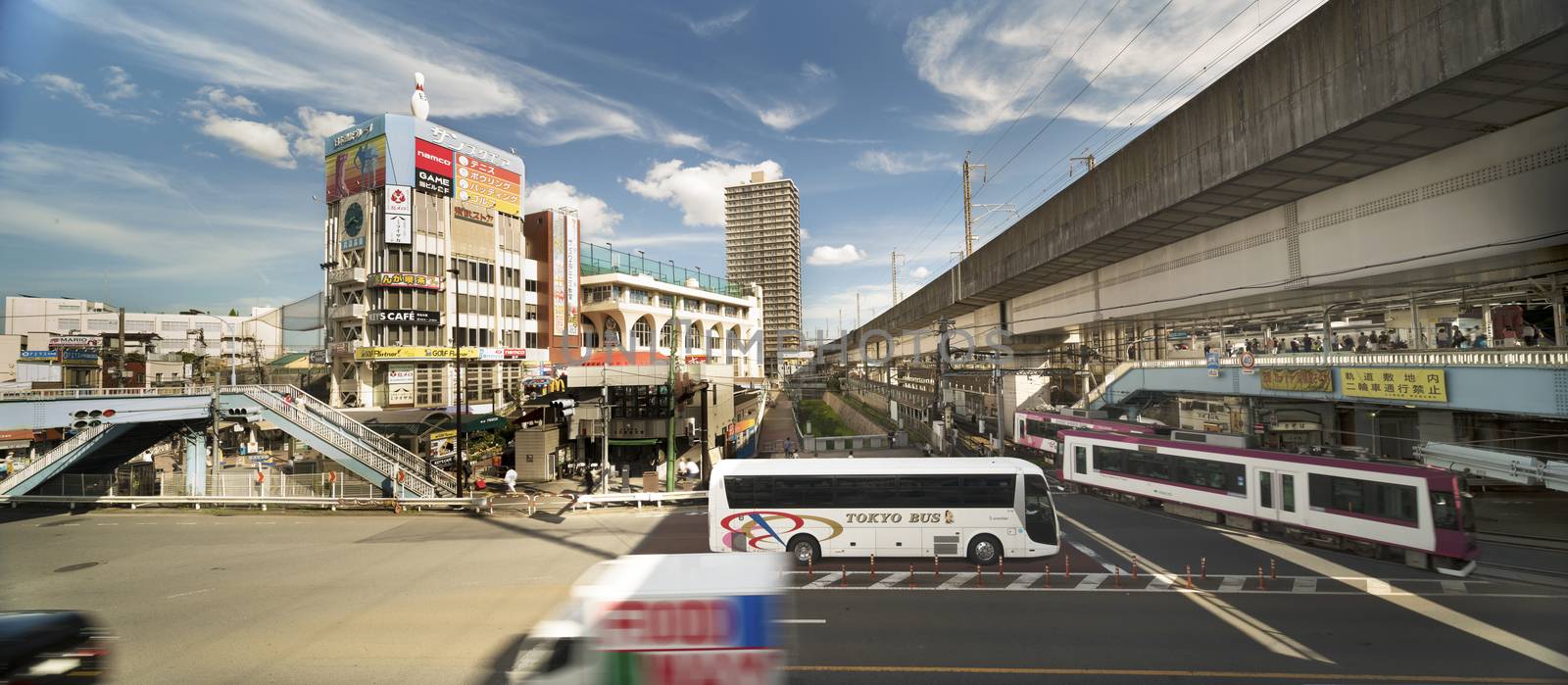
Oji station JR Keihin Tohoku Line in the Kita district
Stock PhotoUsername
kuremoResolution
12114x5291pxOji station JR Keihin Tohoku Line in the Kita district


Oji station JR Keihin Tohoku Line in the Kita district
Stock PhotoUsername
kuremoResolution
12179x5249pxOji station JR Keihin Tohoku Line in the Kita district
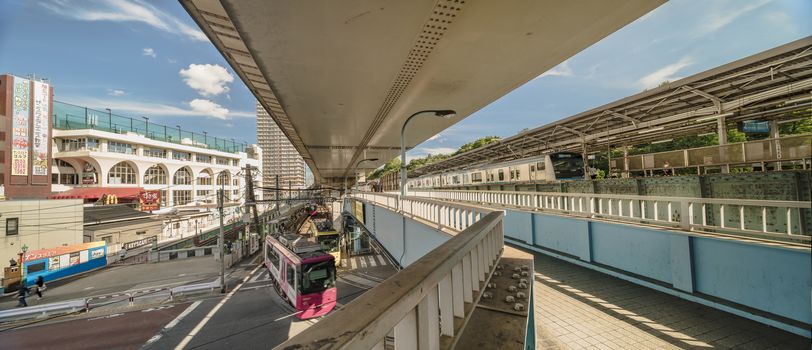
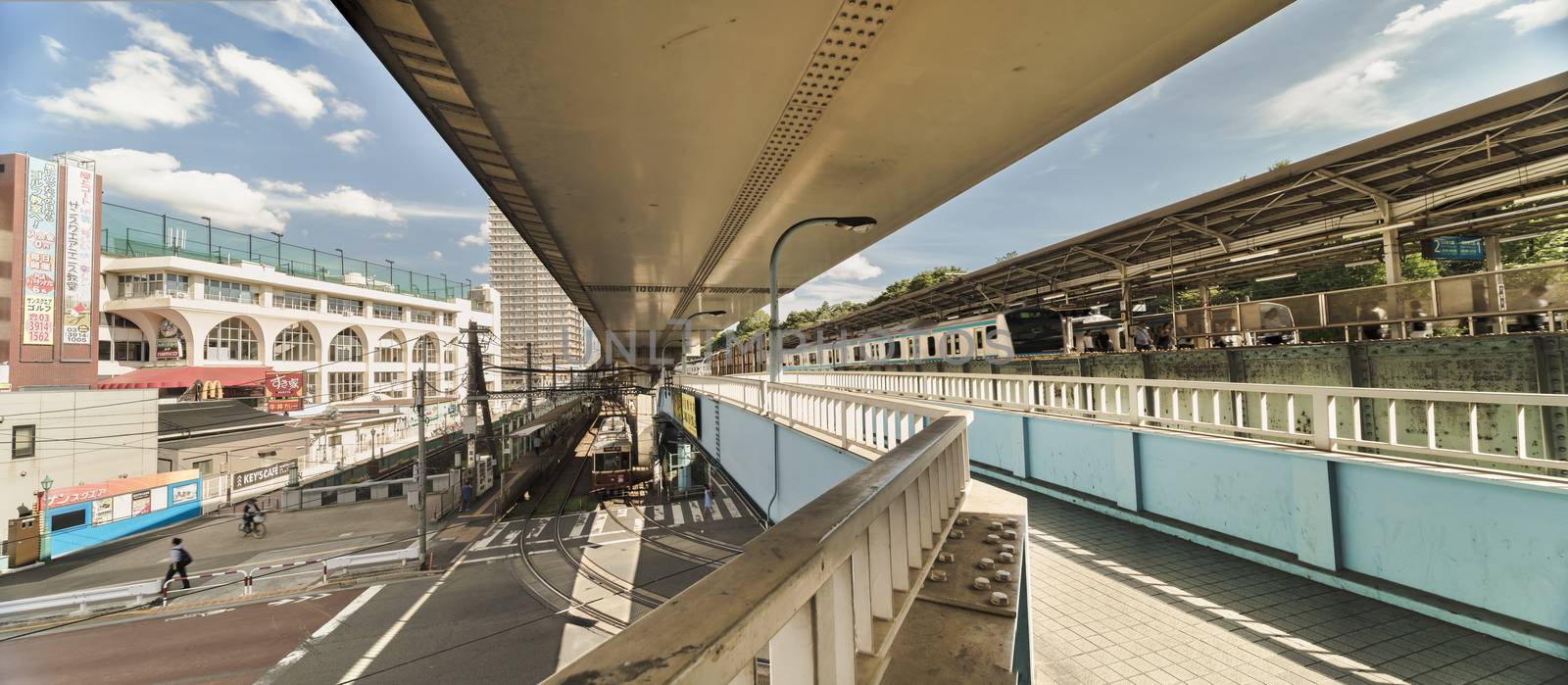
Oji station JR Keihin Tohoku Line in the Kita district
Stock PhotoUsername
kuremoResolution
12113x5289pxOji station JR Keihin Tohoku Line in the Kita district


Small Shinto Santuary dedicated to the Uga-no-Mitama divinity
Stock PhotoUsername
kuremoResolution
7892x6301pxSmall Shinto Santuary dedicated to the Uga-no-Mitama divinity


Poem of the 18th century Japanese poet Ota Nanpo
Stock PhotoUsername
kuremoResolution
7952x5304pxPoem of the 18th century Japanese poet Ota Nanpo
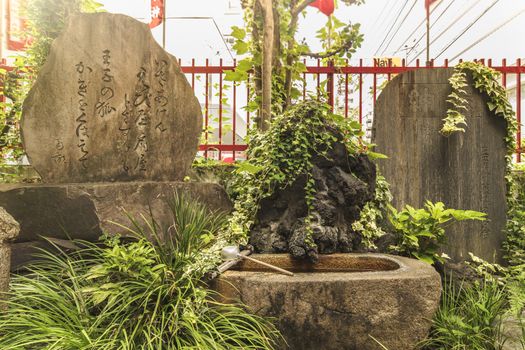

Small Shinto Santuary dedicated to the Uga-no-Mitama divinity
Stock PhotoUsername
kuremoResolution
7790x5160pxSmall Shinto Santuary dedicated to the Uga-no-Mitama divinity


Torii gate of small Shinto Santuary dedicated to the Uga-no-Mita
Stock PhotoUsername
kuremoResolution
7952x5304pxTorii gate of small Shinto Santuary dedicated to the Uga-no-Mita


Torii gate of small Shinto Santuary dedicated to the Uga-no-Mita
Stock PhotoUsername
kuremoResolution
7952x5304pxTorii gate of small Shinto Santuary dedicated to the Uga-no-Mita
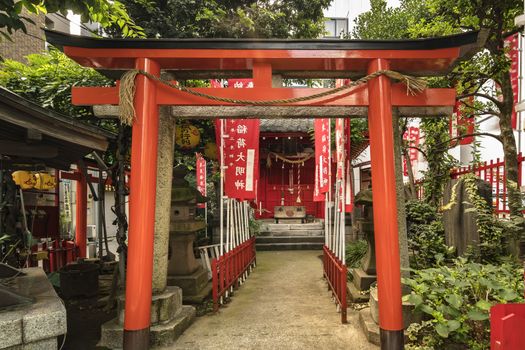
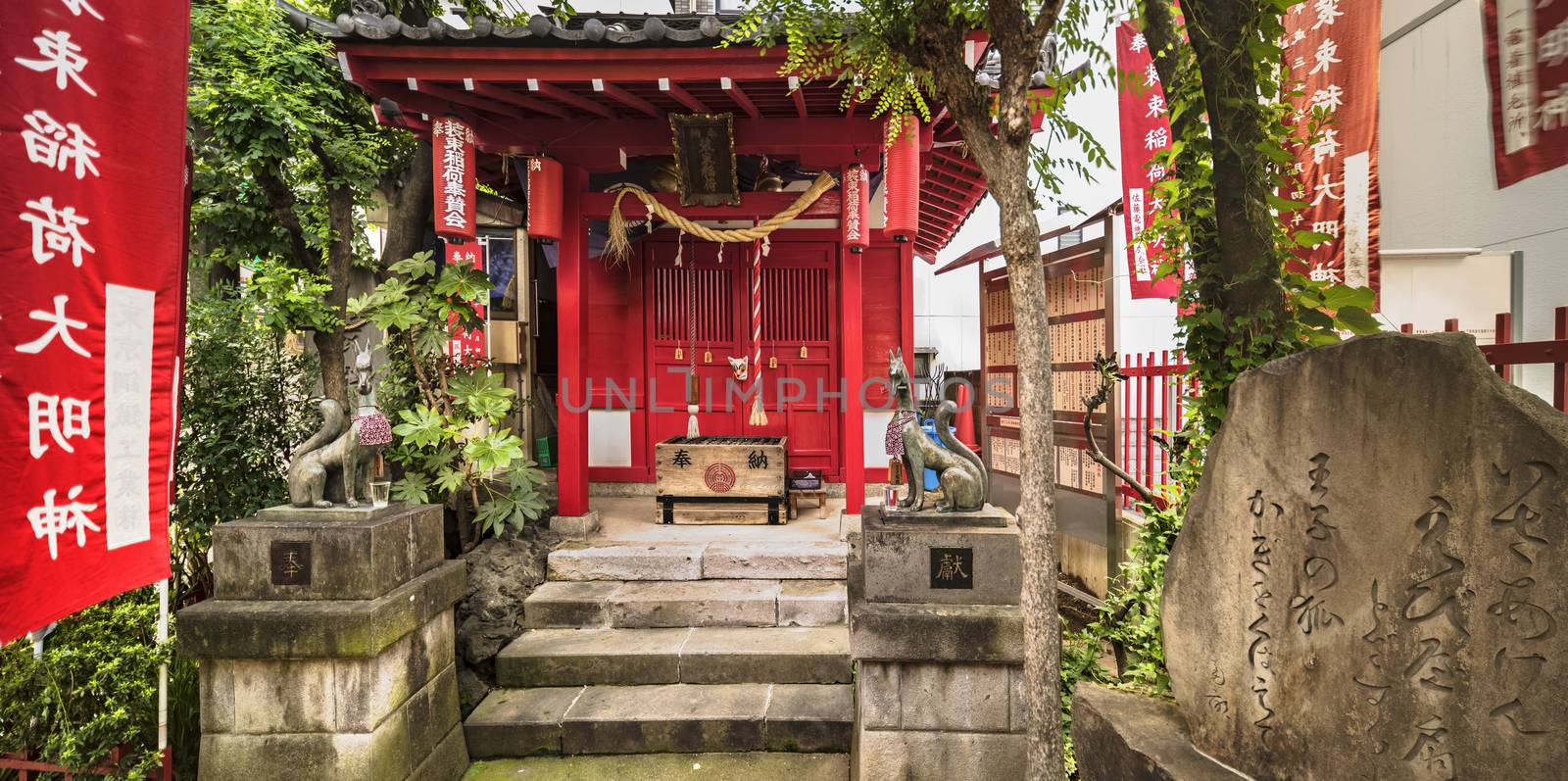
Small Shinto Santuary dedicated to the Uga-no-Mitama divinity
Stock PhotoUsername
kuremoResolution
10606x5280pxSmall Shinto Santuary dedicated to the Uga-no-Mitama divinity


Small Shinto Santuary dedicated to the Uga-no-Mitama divinity
Stock PhotoUsername
kuremoResolution
7952x5304pxSmall Shinto Santuary dedicated to the Uga-no-Mitama divinity
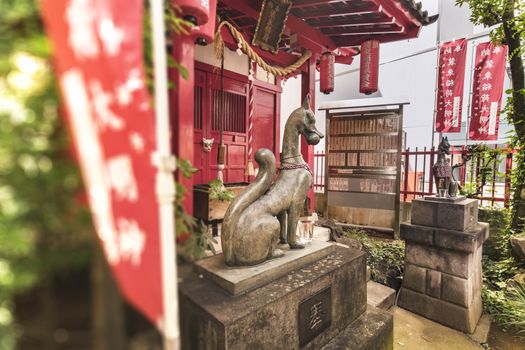

Stone lantern covered with green moss in a small Shinto Santuary
Stock PhotoUsername
kuremoResolution
7936x6787pxStone lantern covered with green moss in a small Shinto Santuary


Stone lantern covered with green moss in a small Shinto Santuary
Stock PhotoUsername
kuremoResolution
7952x5304pxStone lantern covered with green moss in a small Shinto Santuary


Stone lantern covered with green moss Stone lantern covered
Stock PhotoUsername
kuremoResolution
7347x5304pxStone lantern covered with green moss Stone lantern covered


Small Shinto Santuary dedicated to the Uga-no-Mitama divinity
Stock PhotoUsername
kuremoResolution
7879x5256pxSmall Shinto Santuary dedicated to the Uga-no-Mitama divinity
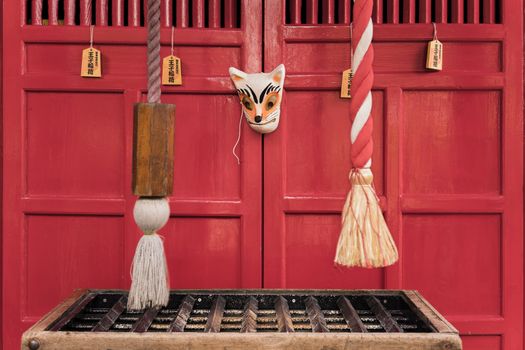

Small Shinto Santuary dedicated to the Uga-no-Mitama divinity
Stock PhotoUsername
kuremoResolution
7952x5304pxSmall Shinto Santuary dedicated to the Uga-no-Mitama divinity
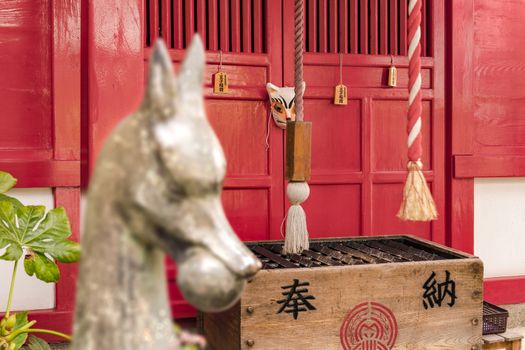

Small Shinto Santuary dedicated to the Uga-no-Mitama divinity
Stock PhotoUsername
kuremoResolution
7952x5304pxSmall Shinto Santuary dedicated to the Uga-no-Mitama divinity


Small Shinto Santuary dedicated to the Uga-no-Mitama divinity
Stock PhotoUsername
kuremoResolution
7952x5304pxSmall Shinto Santuary dedicated to the Uga-no-Mitama divinity
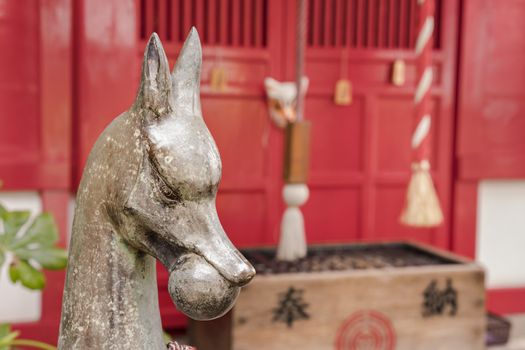

Small Shinto Santuary dedicated to the Uga-no-Mitama divinity
Stock PhotoUsername
kuremoResolution
7952x5304pxSmall Shinto Santuary dedicated to the Uga-no-Mitama divinity


Small Shinto Santuary dedicated to the Uga-no-Mitama divinity
Stock PhotoUsername
kuremoResolution
7232x5304pxSmall Shinto Santuary dedicated to the Uga-no-Mitama divinity
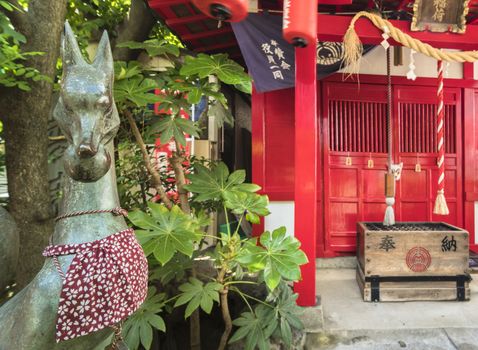

Small Shinto Santuary dedicated to the Uga-no-Mitama divinity
Stock PhotoUsername
kuremoResolution
7655x5106pxSmall Shinto Santuary dedicated to the Uga-no-Mitama divinity
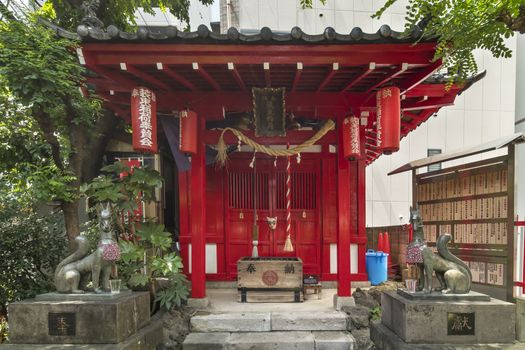

Crossing platform of a Manda pedestrian bridge with path
Stock PhotoUsername
kuremoResolution
7952x5304pxCrossing platform of a Manda pedestrian bridge with path
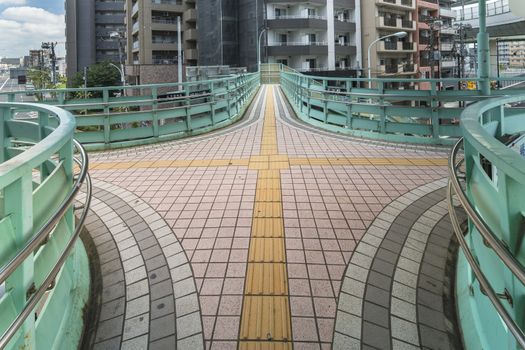

Highway on Pillars on Highway 306 from Manda Bridge
Stock PhotoUsername
kuremoResolution
7952x5304pxHighway on Pillars on Highway 306 from Manda Bridge
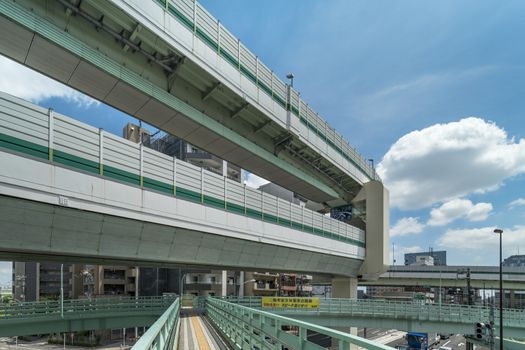

Close-up on a statue of a Moai head surrounded by tropical flowers
Stock PhotoUsername
kuremoResolution
7952x5304pxClose-up on a statue of a Moai head surrounded by tropical flowers
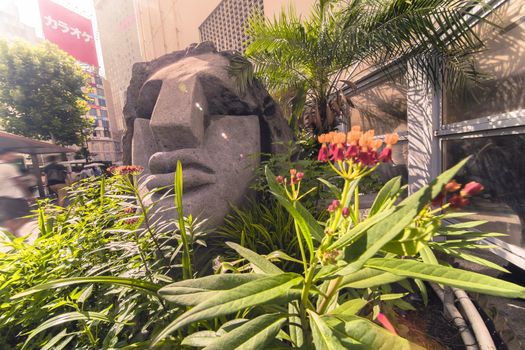

Close-up on a statue of a Moai head surrounded by tropical flowers
Stock PhotoUsername
kuremoResolution
7952x5304pxClose-up on a statue of a Moai head surrounded by tropical flowers


Close-up on a statue of a Moai head surrounded by tropical flowers
Stock PhotoUsername
kuremoResolution
7952x5304pxClose-up on a statue of a Moai head surrounded by tropical flowers
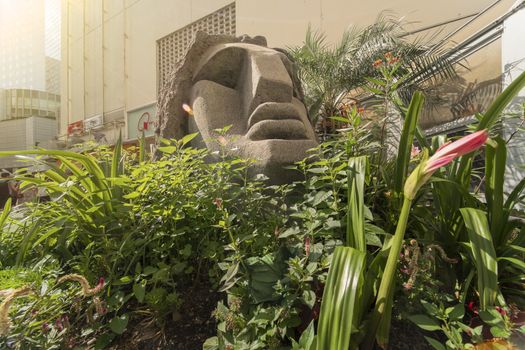

Terrace Mag's Park renovated in 2018 of the 109 Mens building
Stock PhotoUsername
kuremoResolution
7952x5230pxTerrace Mag's Park renovated in 2018 of the 109 Mens building


Modern style metal entrance gate with the name of Shibuya Center
Stock PhotoUsername
kuremoResolution
7952x5304pxModern style metal entrance gate with the name of Shibuya Center


Large mural of the Shibuya station representing the dog Hachiko
Stock PhotoUsername
kuremoResolution
7611x5519pxLarge mural of the Shibuya station representing the dog Hachiko


Large mural of the Shibuya station representing the dog Hachiko
Stock PhotoUsername
kuremoResolution
7526x5020pxLarge mural of the Shibuya station representing the dog Hachiko


Large mural of the Shibuya station representing the dog Hachiko
Stock PhotoUsername
kuremoResolution
7573x5051pxLarge mural of the Shibuya station representing the dog Hachiko


Sunset sky on Shibuya Center Gai Street
Stock PhotoUsername
kuremoResolution
7952x5304pxSunset sky on Shibuya Center Gai Street

